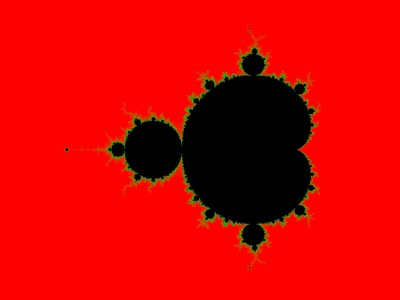Are Crises Chaotic? Evidences from a Case Study
[Refereed Proceedings Communication] in Barton, Larry (ed.), New Avenues in Risk and Crisis Management, vol. 3, Las Vegas, NV: University of Nevada-Las Vegas, 1994, pp. 46-55, avec Raymond-Alain Thiétart.
Following Perrow (1984), and his study of “normal accidents”, we believe that crises are more the result of tightly coupled relationships in a system than the outcome of a random process resulting from inadequate human actions. This paper describes the search and provides evidence of the presence of chaos in a crisis situation. A well documented crisis situation is analyzed: the hostages of the American embassy in Teheran. This crisis is characterized by the presence of multiple actors with diverse frames of references, various stakes, divergent objectives and horizons… Transactions taking place between organizational actors are selected as proxy variables to study the dynamics of the crisis. They are used in a phase space where their behavior has the same dynamics properties as the more complex multidimensional system. In the phase space, the search for deterministic chaos is taking place. To do so two complementary procedures are used: the largest positive Lyapunov exponent and the correlation dimension. Results show that chaos, i.e. an apparent random but deterministic behavior, can not be rejected. Consequences of those results are important. Determinism implies that modeling a crisis is theoretically possible. There is a law to be discovered. Without the knowledge of the underlying law, the presence of chaos has several implications. First, to predict the way a crisis evolves in the long run is impossible. Second, small actions can have large and unpredictable effects. Finally, no identical actions can lead to the same results. As a consequence, use of standard operating procedures is ineffective in a crisis situation. In the same vein, since a planned approach is doomed to failure, reliance on self-organization is necessary. Also, even if predictability is impossible in the long run, short term predictability can be improved through incremental and well monitored actions. Finally, a way to decrease a crisis might lay in the decoupling of counteracting forces at play.

Crisis Management Papers
jeudi 11 août 1994

